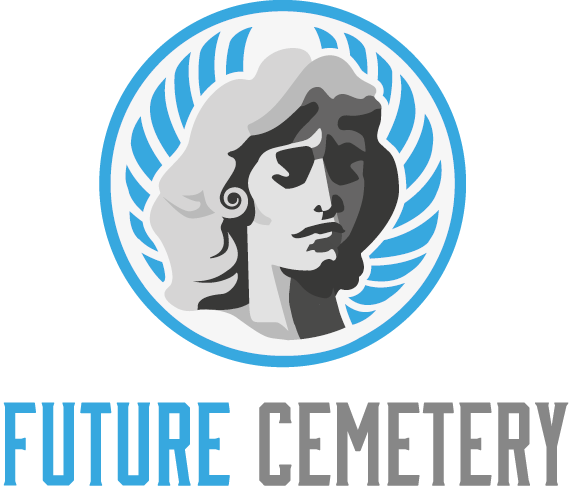More than a century ago, the site of Memorial Park was a military training camp. Today, it is one of the largest parks within a major city.
When visitors enter, they encounter a quiet space with a serene interior. This transition from the outside to the inner space evokes emotional tension.
History
Memorial parks are serene, beautiful spaces dedicated to remembering and honoring loved ones who have passed away. They also provide a peaceful place for quiet meditation and an environment that respects the natural world.
In 1945, Clarke County offered 54 and one-half wooded acres south of Athens for sale. The site had previously been the county’s Fairhaven Tuberculosis Sanitarium.
The park’s newest development, Clay Family Eastern Glades, preserves the site’s original ecosystem and includes 550 new native trees. It will also feature two “learning rooms” defined by low-lying perimeter shrubs. These are designed to align with cultural celebrations four times a year, including Hispanic Heritage Month and Diwali.
Submariners Monument
Across the world, submariners are commemorated in many ways. Whether the monument takes the form of a stately monolith, heroic statuary or grimly simple metal artifact, each conveys a sense of a nation’s pride in the deeds and heroism of its submarine service.
In Groton, Connecticut, a conning tower of the USS Flasher (SS-249) has been preserved as a memorial to the submariners who died in World War II. Other navies have also saved submarine conning towers as tributes to their submarine forces. A periscope, bridge and shears of the USS Batfish are in the National Museum of Submarine History at Den Helder, Netherlands.
Korean War Monument
The memorial’s centerpiece is a 15-foot-high black granite stele with a soldier’s shape cut out of its center. The stele is flanked by a mural wall and the names of 36,634 U.S. service members and 7,174 Korean Augmentation to the United States Army soldiers who lost their lives in the three-year war.
A pond and pool of Remembrance lie beyond the statues, and a curb along one side of the memorial features an alphabetical list of 22 nations that contributed troops to the war. A kiosk containing the Honor Roll computer displays information and photographs for servicemen who were killed or missing in action during the conflict.
Gold Star Monument
The Gold Star Monument is a black granite tribute with four panels that tell the community’s story through the Pillars of Home, Family, Patriot, and Sacrifice. Each panel features a scene that reflects the community’s fallen heroes, and at the center of each is a simple cut out silhouette of a soldier standing in salute.
The term “gold star family” originated during World War I when families displayed service flags featuring a blue star for every immediate family member who was serving in the military. If a family lost a loved one in battle, the star was replaced with a gold star to honor their ultimate sacrifice and to acknowledge their loss and grief.
One Army Soldier Statue
The newest monument in the park, this smooth black granite memorial is a quiet and thought-provoking piece. It honors families who have lost loved ones in the service of our country and is a reminder of the need to serve and protect.
Unlike the usual soldier statues that depict them in heroic poses, this one is not a glamorized warrior, rather it is a gloomy figure pointing his gun downward and hoping for peace over combat. This is what a true memorial should be.
Sculptor Felix de Weldon created the full-size plaster model for this monument. It was then cut into 108 pieces, which were cast in bronze and welded at Bedi-Rassy Art Foundry in Brooklyn, a process that took nearly three years.
Peace Statue
The Peace Statue is the focal point of Memorial Park, and it embodies a shared desire for peace. The monument pays tribute to Sadako Sasaki, a young girl who died from leukemia a decade after the atomic bombing. She spent her final days folding paper cranes, which are believed to grant a wish.
The statue has become an international symbol for peace, and millions of origami cranes are offered each year. It also serves as a reminder of the horrors of nuclear war.
Designed by architect Tange Kenzo, the memorial museum teaches visitors about Japan before and after the bombing through pictures, movies, lifelike models, and exhibits.
